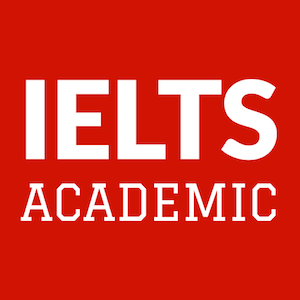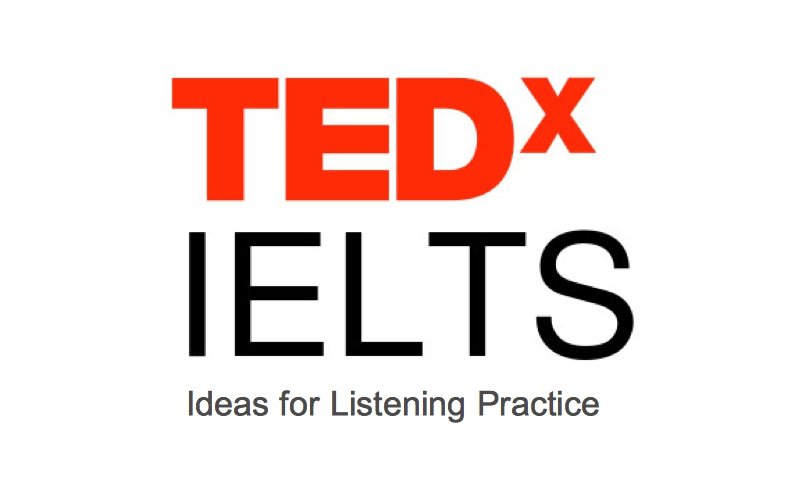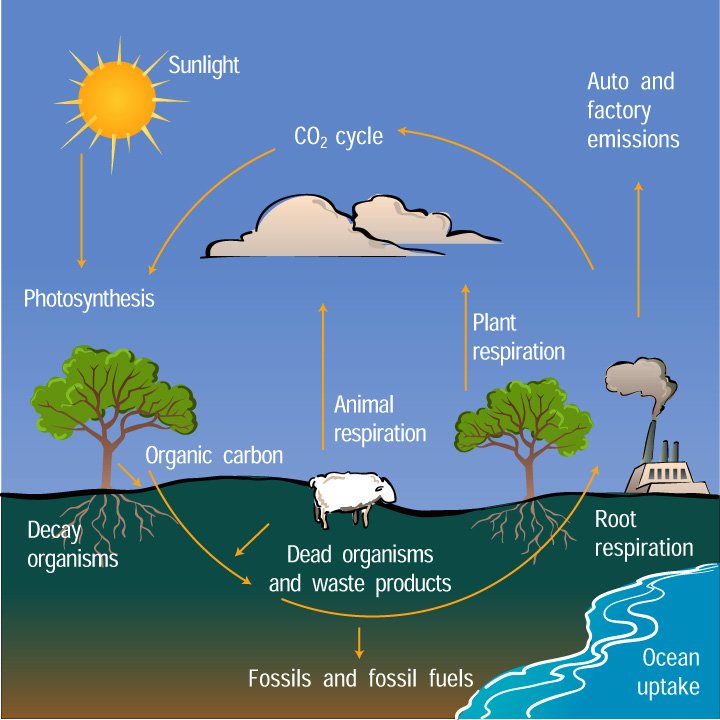Spelling is huge concern for my IELTS students. Writing scores are 25% determined by vocabulary, which includes spelling accuracy. Too many spelling mistakes can also seriously bring down your score in IELTS Listening.
This list of common IELTS spelling mistakes includes some of the words most likely to appear in the test. Try to master these basic rules in order to minimise poor spelling in IELTS.
Single and double consonants
Spelling mistakes are common when single or double consonants occur nearby in a word.
A single consonant is followed by a double consonant:
Across, Process, Harass, Disappoint, Recommend, Tomorrow, Professor, Necessary
A double consonant is followed by a single consonant:
Parallel, Apparent, Exaggerate, Occasion, Occur (but Occurred), Commit (but Committed)
Some common words with two pairs of consonants:
Success, Possess, Access, Assess, Address, Accommodation, Embarrass, Millennium
Weak vowel sounds
Some words are difficult to spell because they contain the schwa or [ə], a weak vowel sound. It is almost impossible to know how to spell such words from their sound alone.
Examples of words containing more than one schwa include:
Separate (adj.), Definite, Desperate, Temperature, Literature, General, Relevant, Category
Other problematic schwa words include:
Describe, Decline, Despite; but Dispute, Discrete, Display
Capable, Achievable, Understandable; but Possible, Visible, Accessible
Performance, Attendance, Ignorance; but Independence, Sentence, Existence
Sometimes the schwa sound conceals a barely-pronounced [r]:
Opportunity, Pursue, Persuade, Surprise
Changes of spelling when words change form
A consonant can change when a noun becomes an adjective:
Benefit > Beneficial; Influence > Influential; Circumstance > Circumstantial
A vowel can change or be lost when a verb becomes a noun:
Maintain > Maintenance; Pronounce > Pronunciation, Argue > Argument
A vowel may double when a noun becomes a verb:
Success > Succeed; Excess > Exceed; Process > Proceed
A final consonant is often doubled when a verb changes form:
Occur > Occurred; Refer > Referred; Begin > Beginning
Silent letters in consonant clusters
[nm] in Environment, Government
[nm] in Column, Autumn
[sc] in Science, Conscious, Discipline, Fascinate, Ascend, Descend
[xc] in Excite, Exceed, Exception, Excellent, Excited
[dg] in Knowledge, Acknowledge (but just [g] in Privilege, Oblige)
[th] clusters in ordinals: Eighth, Twelfth, Hundredth
Pairs of frequently confused spellings in IELTS
Till ≠ Until (not *untill)
Lose ≠ Loose (one is a verb; the other is an adjective)
Affect ≠ Effect (one is a common verb; the other is its noun form)
Forth ≠ Fourth (one means ‘forward’; the other means ‘number four’)
Fourth but Forty (not *fourty)
High but Height (not *hight)
Great but Grateful (not *greatful)
Precede ≠ Proceed (one means ‘go before’; the other means ‘go ahead’)
Principle ≠ Principal (one means ‘truth’; the other means ‘main’)
Site ≠ Sight (one is a place; the other is something to see, as in sightseeing not *siteseeing)
Copywriter ≠ Copyright (one writes advertising; the other means ‘intellectual property’)
Finally, some notoriously tricky spellings in English
Here are 10 English words of foreign origin that even native speakers have difficulty spelling!
Amateur, Entrepreneur, Hierarchy, Liaison, Medieval, Miscellaneous, Queue, Questionnaire, Rhythm, Vacuum
Do you make these IELTS spelling mistakes? Have I missed any important words from the list? Tell us what you think in the space below.











 Cycle diagrams are almost always natural processes: nature is one big wheel after all. Usually you will find that the labels on the diagram contains lots of unfamiliar scientific nouns. If you think you know the verb forms, then use them as this will definitely contribute to a higher score. Otherwise you’ll have to rely on phrases such as “in a process known as Animal Respiration”.
Cycle diagrams are almost always natural processes: nature is one big wheel after all. Usually you will find that the labels on the diagram contains lots of unfamiliar scientific nouns. If you think you know the verb forms, then use them as this will definitely contribute to a higher score. Otherwise you’ll have to rely on phrases such as “in a process known as Animal Respiration”.
